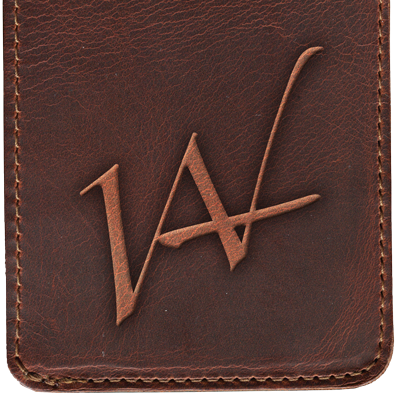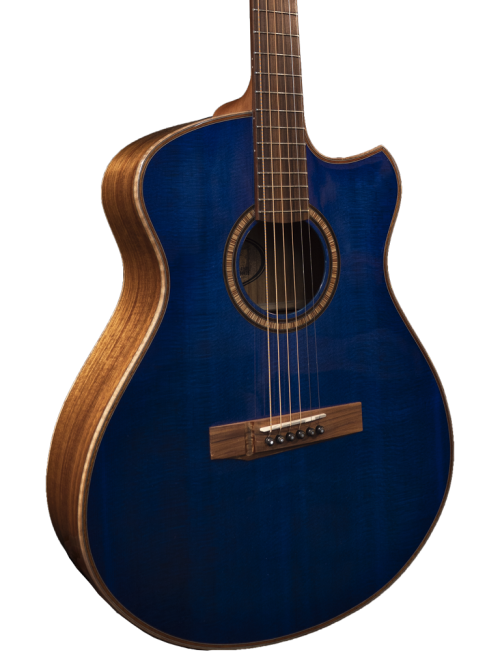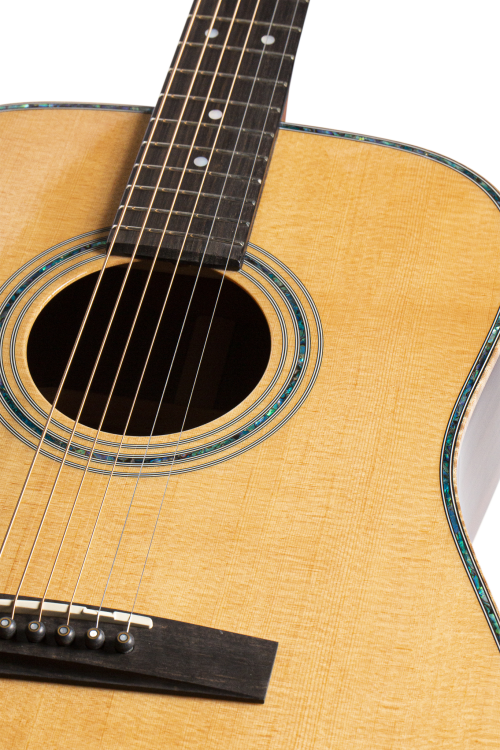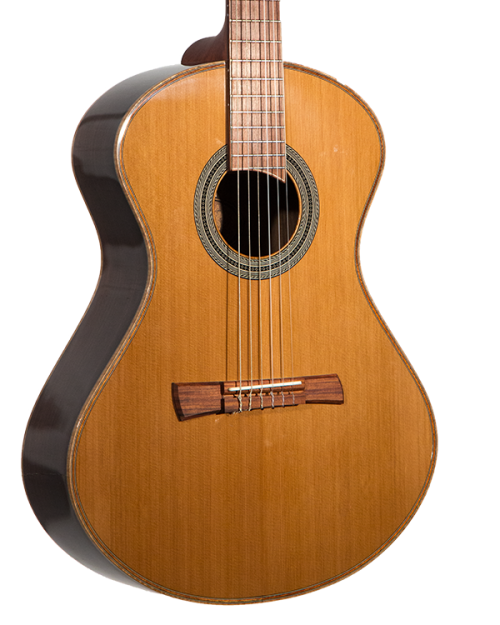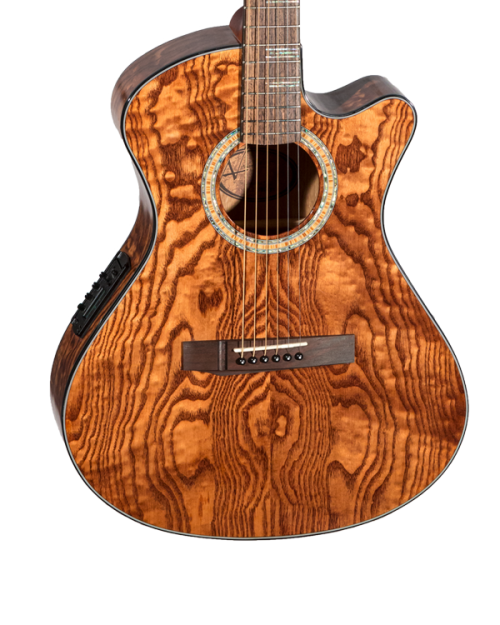Chord Symbols Part 1: Triads & Inversions
By: Andrew Aycoth
Introduction:
A few months into starting guitar, my pianist aunt thought it would be fun to play together. She pulled out a songbook of pop tunes and picked one I’d at least heard of. The problem was…I didn’t know what the chord symbols above the staff meant. To be fair, I was still mastering the basic open triads (and certainly not the barred B major chord), but this thing had numbers, triangles, what looked like two chords at once, just all kinds of stuff. I had to accept defeat after a while, which was rather unpleasant.
Even after learning how to play some of those chords, I wouldn’t recognize some of the conventions different books used to describe them. Eventually, though, I learned the conventions and my playing and sightreading life got a lot easier! I figured I’d take a systematic approach to help clear this up in the next three blogs for anyone else who’s been frustrated with this same concept that people usually call “pop chord symbols”. If you already know major/minor/diminished triads and inversions, you might want to skip to the next one with all those dreaded 7ths and #11s!
So first, triad just means chords containing 3 notes. Every major, minor and diminished chord is composed of only 3 notes, the root, 3rd, and 5th. On guitar, it might be confusing at first that you’re playing a 6 string open chord, like E major, but if you go through note by note it’s really only 3 notes, E-G#-B (root, 3rd, and 5th, respectively), with some notes being doubled (or even tripled in the case of the open E major). The term used to describe the difference between major, minor, and diminished is the chord quality, and depends on the 3rd for major/minor and 5th for diminished (“quality of the 3rd” and for diminished “quality of the 5th”).
Major Triads:
Major triads are the place to start, and you probably already know this convention. The letter of the chord just means…play that chord! A = A major, G = G major, etc…that’s it! One thing to note though is that if it’s just the letter by itself, this indicates root position, meaning that you want the root of the chord to be the lowest note. This is how the open chords everyone learns at first work – the lowest note is the root of the chord. However, the lowest note of a chord doesn’t necessarily describe a chord.
Inversions:
For example, an A major chord (A-C#-E) could have any of those three notes in the chord as the lowest note (this is the distinction between bass note and root), but if the only other notes are A and C#, it’s still an A chord. These are called inversions and are represented by having the chord itself first, with the bass note following a back slash. So, for the A major chord with E in the bass, it would be written A/E, or A/C# if the C# should be in the bass. It’s still just an A major chord, though!
Minor Triads:
Minor triads are the other most familiar quality of chords. The convention is exactly the same as those for major chords, with the distinction being they’re indicated with either a lowercase “m” or a “—” next to them. So, a G minor triad (G-Bb-D) would be written as Gm OR G—; these mean the same thing. Also, the inversion convention works the same way as in major, so you might see something like Gm/Bb, indicating you’d have the notes of G minor with the Bb in the bass.
Diminished Triads:
So now for the weird one: diminished triads. These are far less common but it’s important to know the concept. Basically, it’s a stack of minor 3rds. For example, if C were the root, we’d add a minor 3rd above that, C-Eb. If we added a major third, we’d just get C minor, but if we add another minor third, we then get C-Eb-Gb. This is the diminished chord! The chord symbol for this is either “dim” or “o”. And once again, the inversion slash-notation applies the same way.
Augmented Triads:
These are like the opposite of diminished. Instead of stacking minor 3rds, this stacks major 3rds. Once again, starting from C, put a major 3rd on top: C-E. Adding another major third, we get C-E-G#. The symbol for this is either “aug” or “+”.
So that’s a crash course in chord symbol basics! I’d recommend looking up pop tunes on your favorite tab sites and looking at the “chords” versions. This is a great way to test yourself, and often they include the implied way to play the chord in tab version so you can check yourself. It may also be worth mentioning that I used only one example of how to play the chords in the examples, but there are myriad ways to play any given chord (guitars are cool that way). However, the concepts remain the same, and often it’s up to the player to make a stylistic or musical choice on how to voice a chord. Once you’ve got these basics down, check out Part 2 to get into the 7ths!
